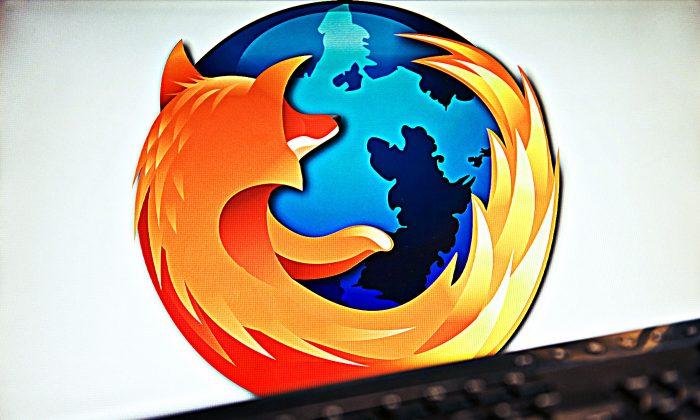Microsoft’s been heading in a new direction for quite some time now, from allowing free upgrades to its latest operating system, to allowing users to use key Office components for free and even creating incredible, well-developed apps for operating systems besides Windows and Windows Phone. Yes, I just called something Microsoft made incredible and well-developed. No, I don’t actually hate Microsoft, despite my harsh review on criticisms of Windows 10 and how it treats user privacy.
The rise of Google Docs and other free cloud-based, office solutions inevitably led to Microsoft competing in the form of Office Online. Now that everyone’s operating from mobile operating systems, Microsoft, too, decided to create Android applications focused on its services, which was quite the big deal when it happened because Microsoft used to be very platform exclusive.
History lesson aside, let’s talk about what you’re here for: the apps.
The two main applications I'll be discussing in this article are “Word” and “Outlook”, as these are the Microsoft services that I’m most accustomed to, and from my limited runs with the other applications, they’re also an accurate representation of the Microsoft apps as a whole.
The Bad: Scaling
You know how I just spent three whole paragraphs saying nice things about Microsoft?
Yeah, time to balance that out. First, let’s talk about the scaling issues in Word.
Now, when it comes to navigating Word and the other Microsoft apps, I’m typically enjoying myself. Microsoft’s Modern design language works extremely well on mobile devices – everything looks sleek and sexy, like it should. In fact, I'd reckon that I enjoy Microsoft’s mobile app design more than Google’s Material Design on their own operating system … but there is something that Microsoft doesn’t seem to know about UI elements, at least where mobile is concerned.
Word and other Office apps all feel very zoomed out.
I find typing on mobile very irritating, but whenever I need to get something done on GDocs Mobile, I can do that, and the interface is very well-suited for it. Word on Android… not so much.
While you can adjust zoom manually, Word on Android has quite a few buttons that always occupy the top of the screen. While having consistent UI elements is never a problem, having them being so small on a portable device where you’re expected to accurately hit them with your thumbs (I’m using a Nexus 5) is very annoying. A way to fix this would be to make the taskbar larger (as well as the buttons) or to simply place them at a more convenient spot on the screen, like the left or bottom. It'd be even better if the buttons were auto-hidden and only popped up when queued, but this is Microsoft in 2015 so that isn’t going to likely happen.
Whew. Okay, I got my negativity out.
In actuality, that’s just about the only real issue I have with Microsoft’s Android Apps. Get ready for some uncharacteristically nice things being said by me, about Microsoft, for real.
The Good: Graphical Design, Compatibility
Spoiler alert: of all the apps available, Outlook is the star, and it is a beauty to look at.
This is where Microsoft starts seeming a lot less like Microsoft. Even if you have literally zero investment in Microsoft services, you can comfortably use Microsoft’s Android apps no problem – in fact, they encourage you to! Gone is the day where Microsoft would try to lock you into some bad, poorly-designed service you didn’t want to use. Outlook’s Android app is amazing and can be used to manage the email of all of its greatest rivals, acting as a kind of hub for your multiple email accounts.
And it’s… please don’t hurt me, Sundar Pichai. Outlook is the best email manager on Android, bar none. It looks better, it manages multiple accounts better, and it manages to respond to incoming email faster than Gmail’s mobile app. Maybe it’s just my settings, but for me, I found that Outlook pushed notifications to my phone sooner for my incoming Gmail. That impressed me.
So Microsoft creates Microsoft apps that … don’t require using their services, are genuinely pretty and well-designed (except for scaling…) and to top it all off, are on the platform of their greatest rival.
The question you might be asking is …
Why?
Because Microsoft wants you to like them.
I don’t mean like them because you use Windows; I mean they want you to like them. They don’t need to offer Windows 10 for free, or Office Online, or Android support at all – but they’re doing these things, and they’re doing these things very well, because Microsoft wants you to like them.
Why?
Because the world of computing is moving towards mobile devices and services: services provided by companies like Google, services that are free and ad-supported, not requiring hundreds of dollars in investments to use.
While Microsoft isn’t going to be threatened by Linux as the main desktop OS anytime soon, they lost the war on the mobile front to Apple and Google a long time ago. Despite Outlook being a legitimately great platform, Gmail overtook it in popularity, and despite Office being one of Microsoft’s most successful products, the rise of free alternatives like Google Docs meant Microsoft had to change.
Essentially, Microsoft isn’t attempting to compete directly against Google and Apple anymore. Rather, they’re operating on the same turf, with well-made mobile applications (except the scaling), and services provided in exchange for ad revenue and goodwill.
Republished with permission from MakeTechEasier. Read the original.






